Achieve more with the 2-Day Prolonged Exposure (PE) for PTSD-A Step-by-Step Guide to Trauma Treatment with One of Today’s Most Effective Evidence-Based Therapies – Jennifer Sweeton course, priced at just Original price was: $439.99.$132.00Current price is: $132.00. on GBESY.biz! Explore our extensive collection of over 60,000 downloadable courses in Health and Medical. We offer professional, self-paced digital education at up to 80% off original rates. Start transforming your expertise now!
Salepage link: At HERE. Archive:
$439.99 $137 – 2-Day Prolonged Exposure (PE) for PTSD-A Step-by-Step Guide to Trauma Treatment with One of Today’s Most Effective Evidence-Based Therapies – Jennifer Sweeton
Prolonged Exposure (PE) is one of the most effective and most studied therapies for PTSD available. It holds the strongest recommendation as a treatment for PTSD in every clinical practice guideline and allows clinicians to get straight to the heart of the problem for trauma survivors…the memory of what happened.
But you worry that revisiting these memories will lead to panic, symptom exacerbation and client dropout. And you fear that you aren’t prepared to handle a client’s distress. How can you overcome these concerns to bring this gold standard trauma therapy into your practice?
This 2-day seminar training, is a step-by-step guide to utilizing PE therapy in your practice, with the tools, techniques, case studies and clinical insights you need to treat a variety of populations and improve outcomes.
Taught by internationally recognized trauma expert Dr. Jennifer Sweeton, this course will show you how the clinical skills and instincts you already have can make PE more accessible and applicable than you ever thought possible. Attend and discover how you can:
- Set the stage with clients to decrease avoidance and reduce the chances of dropout
- Get specific guidance on structuring PE sessions
- Help clients modulate their distress and manage their emotions with simple techniques
- Confidently conduct imaginal and in vivo exposure
- Effectively work with “hot spots” – the most distressing aspects of your clients’ traumatic memories
- Address specific therapeutic situations including panic, anxiety, anger and irritability
Don’t leave one of the most effective trauma therapies out of your therapeutic toolbox!
Purchase today!
- Determine how the symptoms of PTSD impact client functioning and influence clinician choice of intervention.
- Investigate how Emotional Processing Theory and the process of habituation is connected to the clinical effectiveness of Prolonged Exposure Therapy.
- Assess how psychoeducation about common reactions to PE therapy can be used by clinicians to establish client expectations for treatment and reduce the incidence of dropout.
- Determine how motivational interviewing techniques can be used in session to reduce negative feelings about exposure treatment.
- Determine how breathing retraining can be taught during the first session of the PE protocol to help clients manage immediate distress.
- Evaluate how clinicians can work with clients to determine the index trauma with clients who have experienced multiple traumas, so they can work with the one most likely to be causing the majority of symptoms.
- Utilize imaginal exposure to reduce the intensity and frequency of PTSD symptoms in clients.
- Utilize in vivo exposure to help clients approach and increase participation in situations that are safe, but they have been avoiding as a result of related trauma.
- Evaluate how clinicians can work on “hot spots” rather than having the patient retell his entire narrative to more efficiently reduce the intensity of associated symptoms.
- Employ homework assignments that complement in-session exposures by enhancing key change processes.
- Assess risks and contraindications to the use of Prolonged Exposure Therapy to determine which clients should not be treated with PE.
- Revise exposure techniques and duration depending on the client’s needs and the rate of progress.
Prolonged Exposure and the Emotional Processing Theory
- Emotional Processing Theory
- Who PE was designed for
- Research supporting PE as an evidence-based therapy for PTSD
- Comparison to other treatments for PTSD
- Risks and contraindications
Diagnosing PTSD and other Trauma (or Stressor) Related Disorders
- DSM-5™ criteria
- Cultural considerations
Brain Science of Trauma and Exposure Therapy
- Amygdala
- Hippocampus
- Insula
- Cortical areas
Assessment/Screening Tools
- Primary Care PTSD Screen
- PCL-5
- IES-R
- CAPS-5
Trauma Treatment Roadmap
- Bottom-up vs top-down approaches
- Stabilization and grounding
- Where PE fits into the roadmap
Preparing Your Clients for PE
- Assessing for readiness
- Motivational interviewing techniques
- Psychoeducation about trauma processing and PE
- Therapeutic alliance
The PE Protocol: Essential Components and Step-by-Step Training
Session 1
- Trauma interview
- Identifying the index trauma
- Breathing retraining technique
Session 2
- Common reactions to trauma
- Psychoeducation about in vivo exposure
- In vivo exposure fear hierarchy
- Homework assignments related to in vivo exposure
Sessions 3 and Beyond
- Imaginal exposure to the traumatic event: step by step
- SUDS, symptom monitoring, and stabilization
- Managing hot spots
- Processing of the exposure
- In vivo exposure progress
Final Session
- Final assessment
- Progress review
- Relapse prevention
- Determining next steps in therapy
How to Deal with Avoidance and Anxiety
- Over engagement/under engagement
- Panic/anxiety
- Anger
- Avoidance
- Homework compliance
PE Modifications
- Extending session length and/or increasing/decreasing frequency
- TBI
- Moral injury
- Other modifications
Integrating PE with Other Treatment Modalities
- EMDR
- Cognitive Processing Therapy
- Other cognitive behavioral approaches
$439.99 $137 – 2-Day Prolonged Exposure (PE) for PTSD-A Step-by-Step Guide to Trauma Treatment with One of Today’s Most Effective Evidence-Based Therapies – Jennifer Sweeton
Invest in endless knowledge with the 2-Day Prolonged Exposure (PE) for PTSD-A Step-by-Step Guide to Trauma Treatment with One of Today’s Most Effective Evidence-Based Therapies – Jennifer Sweeton course at GBESY.biz! Gain lifetime access to premium digital content designed to fuel your professional and personal growth.
- Lifetime Access: Unrestricted, permanent access to your purchased courses.
- Unbeatable Value: Save significantly with prices up to 80% less than direct purchases.
- Protected Payments: Complete your transactions securely.
- Empowering Skills: Learn practical, in-demand skills for immediate application.
- Immediate Download: Access your course content instantly after purchase.
- Any Device, Anywhere: Study on your preferred device with full flexibility.
Discover your next opportunity with GBESY.biz!
![GBesy [GB] GBesy [GB]](https://gbesy.biz/wp-content/uploads/2023/05/gbesy-Logo-full-100.png)
![GBesy [GB] GBesy [GB]](https://www.gbesy.com/wp-content/uploads/2023/05/gbesy-Logo-full-100.png)
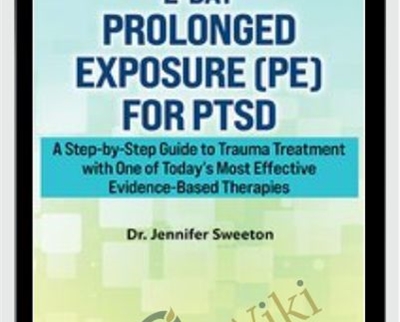

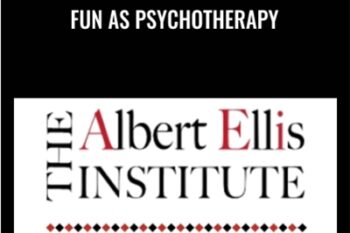
 Purchase this course you will earn
Purchase this course you will earn 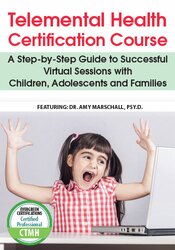
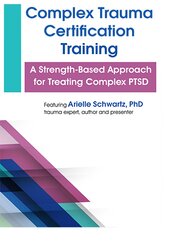
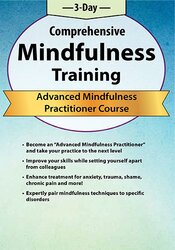

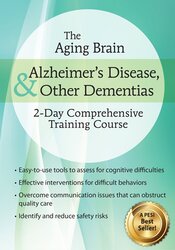
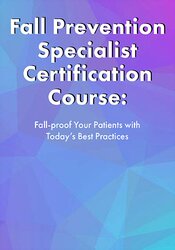
Reviews
There are no reviews yet.